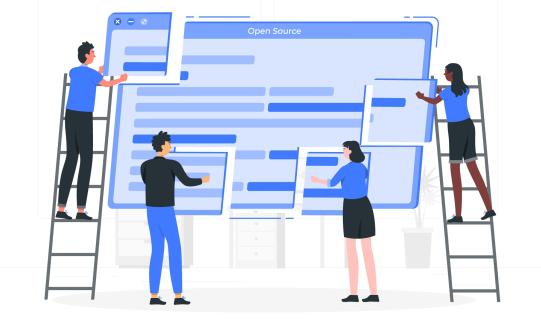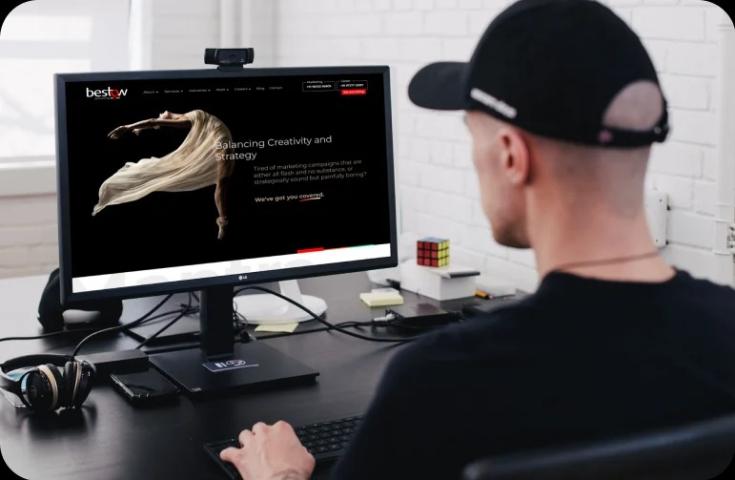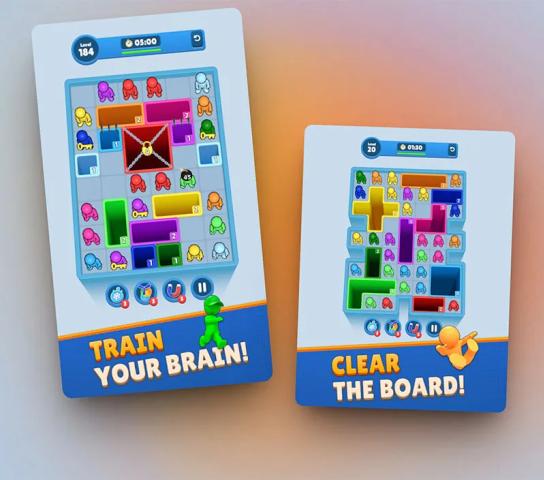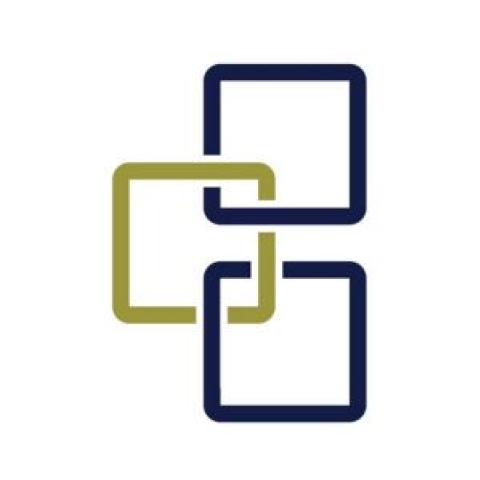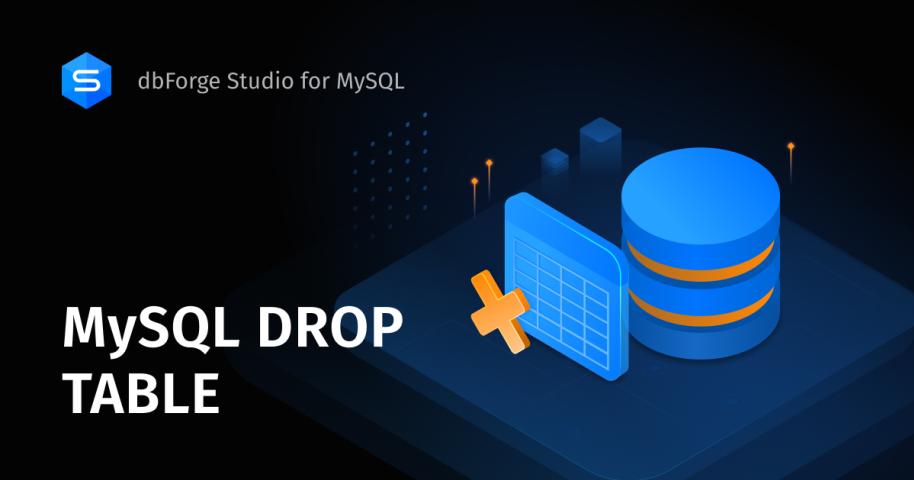Building a product that nobody needs is a startup killer. So, how can you avoid this mistake? The answer is feedback. Feedback allows you to understand what your users want and helps you refine your product to meet their needs. Here, I'll share five easy ways to gather feedback on your early-stage product, as well as lessons from my own journey with building ReviewLab.
1. Use Reddit for Product Feedback
Reddit is one of the most valuable platforms for startups to get free feedback from large, diverse communities. Here are some of the top subreddits to check out:
- r/startups (Feedback Friday) – 1.7M members. Every Friday, you can post your product for feedback. The community is very active and has tons of entrepreneurs.
- r/SaaS (Weekly Feedback Post) – 138K members. Focused on SaaS products, this community offers advice on software and digital products.
- r/roastmystartup – 9.3K members. If you have thick skin, this subreddit can be a great place to get brutally honest feedback.
- r/design_critiques – 99K members. For design-specific feedback, this subreddit can help you improve your UI/UX.
- r/websitefeedback – 1.7K members. Focused on website functionality and design, this is a great place for feedback on landing pages and other web assets.
2. Run Jobs-to-be-Done (JTBD) Interviews
One of the most effective ways to validate your product idea is to understand the jobs your users are trying to accomplish. So instead of jumping to a product idea, listen to people’s challenges. You can ask users about their last experience with a similar product using Jobs-to-be-Done interviews. (If you're not familiar with Jobs-to-be-Done framework, I highly recommend reading this article on HBR).
For ReviewLab, we asked the following questions:
- “Tell me about the last time you requested feedback on your product.”
- “What were you hoping to achieve?”
- “Why was this outcome important to you?”
Use this information to define your product’s core value and build features based on solving real problems, not imagined ones.
3. Test a Figma Prototype Before Writing Code
Before jumping into coding, we decided to build a Figma prototype to test our idea. Instead of making a full app, we created a simple, clickable version that let users try out the basic features. I ran testing sessions with seven users, watching how they used the prototype to spot any issues or areas of confusion. Based on their feedback, we made quick changes and improvements before moving on to development. This saved us time and helped catch problems early.
4. Create a Feedback Loop with Early Users
Building a product isn’t a one-time event—it’s a continuous loop of gathering feedback, improving, and iterating. Here's how to create an effective feedback loop:
Build a small community of early adopters. We attracted around 30 users by creating a waiting list and engaging them in conversations about their needs. These early adopters are crucial for testing and improving your product.
Establish two-way communication. Feedback shouldn’t be a one-time survey. Engage with users regularly. Ask them specific questions after they use a new feature: “What did you like about this feature?” and “What could be improved?”.
Offer value in return. Your users' time is valuable. Provide them with something in return, whether it's early access to new features, credits, or public recognition.
5. Use Feedback Exchanges to Get Free Insights
If you’re bootstrapping your startup and don’t have the budget for expert feedback, consider joining or creating a feedback exchange community. Indie makers often face the same challenges and are happy to exchange feedback.
Don't forget that feedback isn't a one-time process. It’s a continuous cycle that will keep you iterating and growing your product over time. Start now, and watch your product evolve into something people love.







